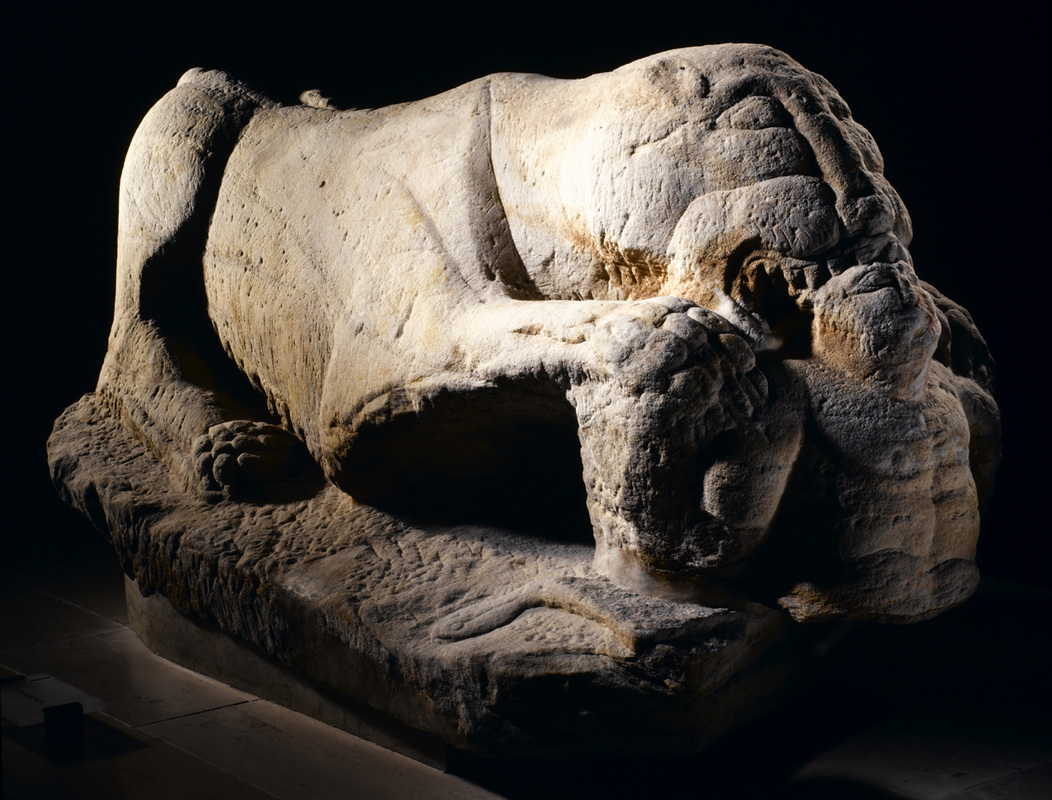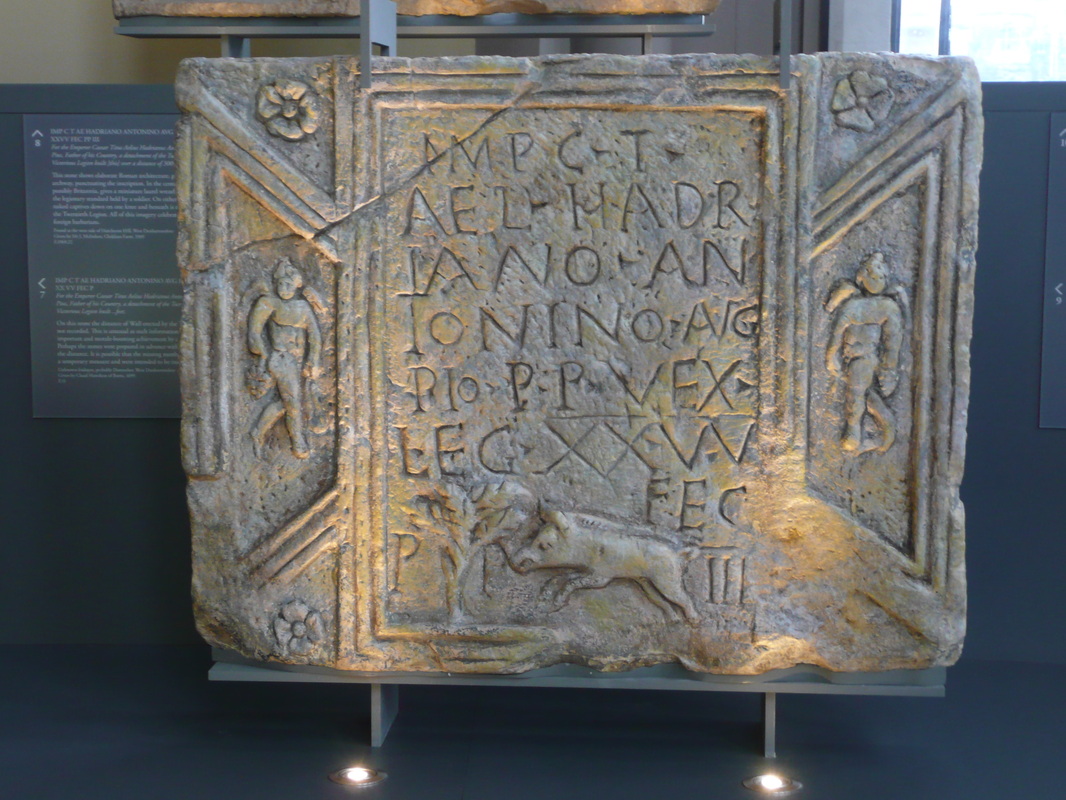Bridgeness Distance Sculpture. © National Museums Scotland
Roman
|
Rome’s relationship with Scotland from the late 1st to the early 3rd centuries AD was largely military. The Roman carved stones of Scotland — mainly altars, carvings commemorating military construction works or gravestones — are a unique compendium of monuments, historic texts, spiritual objects and, above all, firm evidence for the occupying forces of an imperial power.
While military personnel make up many of the known gravestones, a number of civilians are also represented. Altars were typically commissioned pieces of art chosen to reflect the particular beliefs of the individual. Sculptural reliefs also commemorated construction work, with the majority of these from along the Antonine Wall, erected as dedications from the troops responsible for building each segment of the Empire’s northernmost frontier. These unique carvings, known as Distance Sculptures, are widely considered to be the most significant body of sculptural reliefs from any Roman frontier. They include examples that are elaborately decorated and with very high levels of workmanship. Some depict Roman religious practice, deities and military triumphs over northern warriors. Other Roman carved stones found in Scotland range from simple doodles on stones to monumental sculpture. Perhaps the most spectacular sculpture is the Cramond Lioness. Roman carved stones remained a visceral reminder of Roman power long after the imperial army moved back behind Hadrian’s Wall. While the messages and meanings may have been altered or lost by time, the relationship between local peoples and the stones may have led to unique innovations in later artistic traditions such as Pictish carving. Find out more
|


